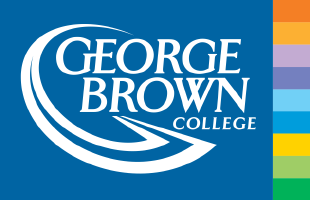This module introduces the student to the fundamentals of AC motors and AC variable speed control systems. In addition to the basic introduction motor, the module also covers servo-, universal and synchronous motors. Areas of study include three-phase, single-phase and shaded-pole induction motors. The principles of Variable Frequency Drives (VFDs) and their control circuits are presented along with troubleshooting techniques. The use of VFDs in industry are covered with a focus on their applications in HVAC systems, Water Treatment Plants (WTPs) and Waste Water Treatment Plants (WWTPs)
Learning Outcomes:
Upon completion of this module the student will be able to:
- List the three classifications of single-phase motors.
- Explain the basic operating principle of the induction motor.
- Define synchronous speed and slip.
- Describe the difference between starting torque and breakdown torque.
- List three advantages of universal motors over induction motors.
- Define speed regulation.
- Describe the difference between pulse-width modulation, pulse-amplitude modulation and pulse width control.
- Explain the difference between a cycloconverter and an inverter.
- Describe the basic operation of a Variable Frequency Drive (VFD)
- List five applications for VFDs in industry
